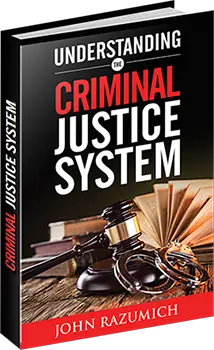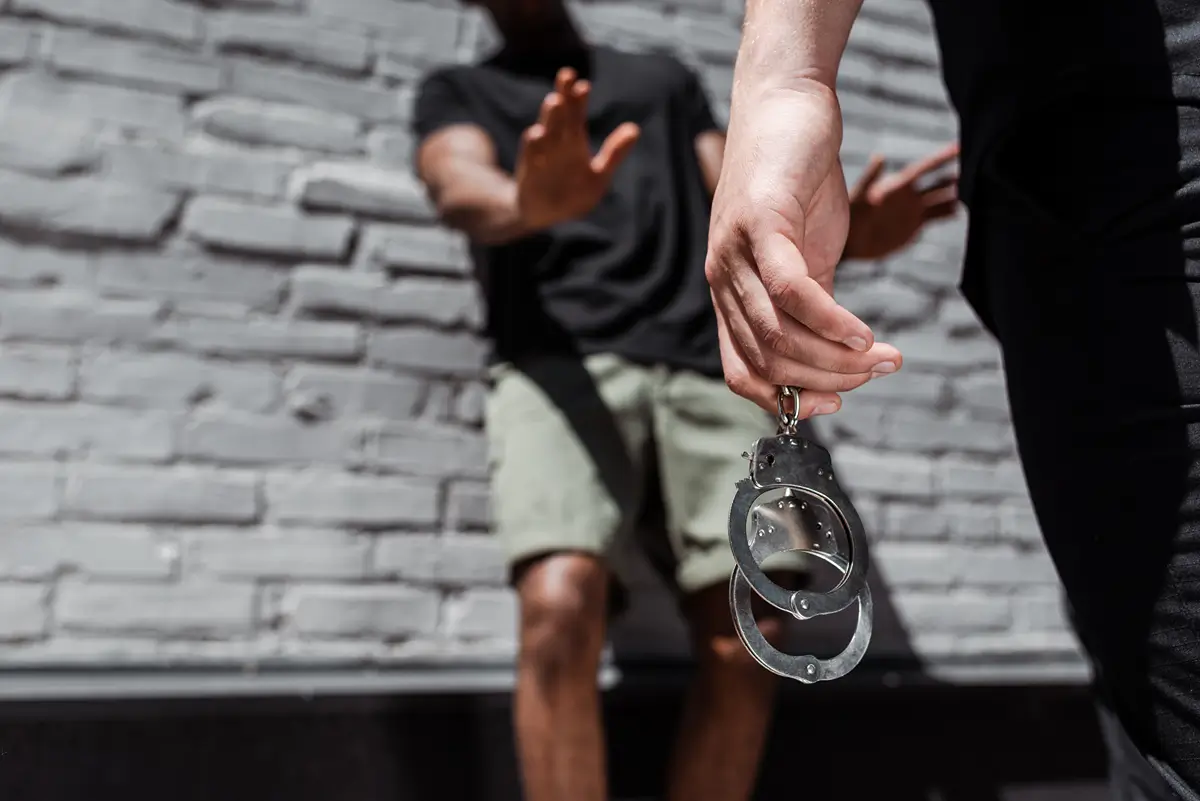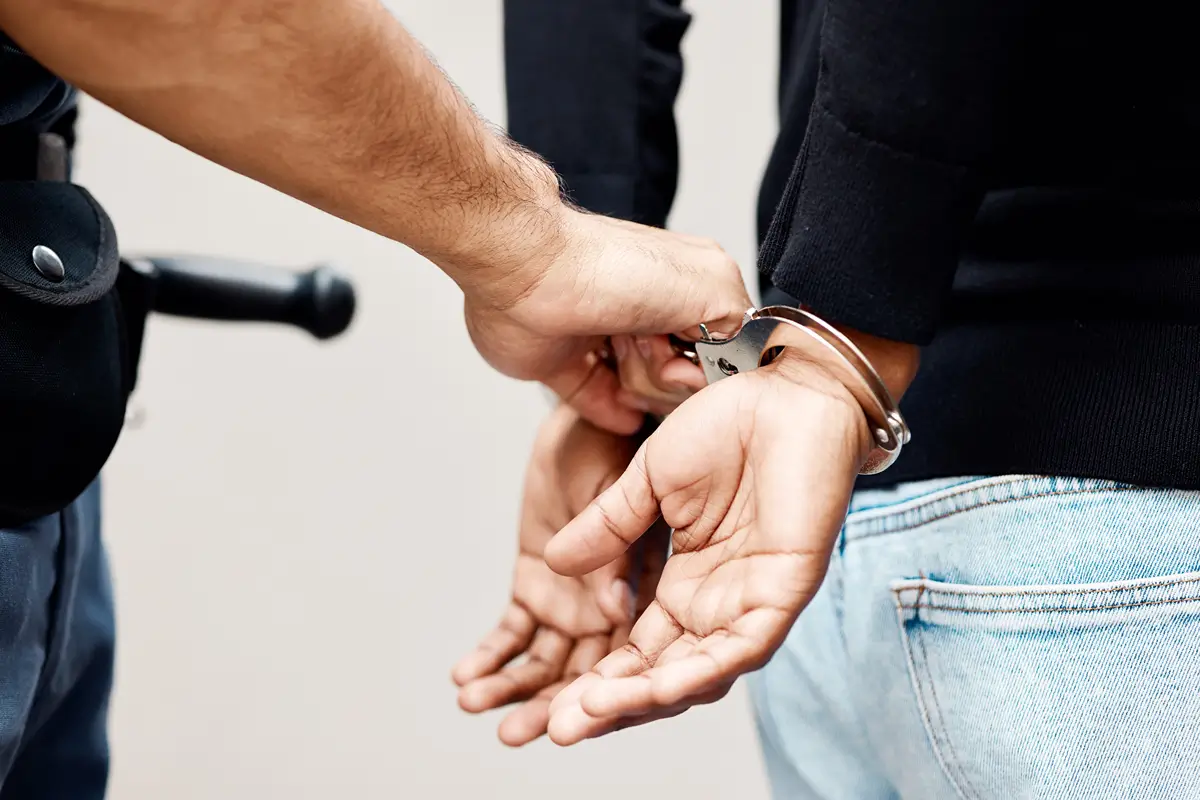Digging into historic legal cases is one way of learning how history gets made. The tragic case of The United States vs. Shipp pulses with important firsts yet is not studied in law school, nor has it been given any historical place in the courts or in the minds of citizens. I find this case fascinating on so many levels. Given the time in which it occurred, 1906, the media played a huge role in fanning the flames of racism and hatred without any evidence. We see the same happening even today. The media shapes public opinion even more powerfully and when you add social media to the mix, the truth is even more difficult to ferret out.
From Bad To Worse To The U.S. Supreme Court
As I mentioned in the last installment, two other attorneys arrived on the scene to help Ed Johnson. Attorneys Noah Pardon and Styles Hutchins were two African American attorneys who, while not officially part of the legal team representing Mr. Johnson, helped his team track down at least a dozen witnesses who saw him in the Last Chance Saloon on the night of the attack on Nevada Taylor. After Judge McReynolds sentenced Ed Johnson to death by hanging, Johnson’s father begged Pardon and Hutchins to take up his son’s case. The three attorneys who had been representing him abandoned the case when Judge McReynolds told them there was no chance of an appeal.
Understandably Pardon and Hutchins were reticent to take the case. The media had whipped the citizens of Chattanooga into a blood-thirsty frenzy. Both attorneys feared for their safety and the safety of their families. However, they decided to take the case and appeal Judge McReynolds decision. The fact that they were black was a first, since in 1906 the only way a black attorney could represent a defendant was if everyone involved in the case was black. During their appeal for a new trial, Judge McReynolds insulted the two attorneys saying, “What can two Negro attorneys do that 3 white attorneys couldn’t? Do you think you know the law better than I do, better than white attorneys do?” McReynolds told the attorneys they had failed to file for a new trial before the 72-hour window had closed for such a request, thus thinking he had proved the two Negro attorneys didn’t know the law as well as he did.
A New Law No One Hand Encountered
Despite the sensationalism of the case and despite a dressing down by the Judge McReynolds, Pardon and Hutchins filed a petition for a stay of execution in the Supreme Court of Tennessee. But, again, it got shot down.
Completely out of options, Pardon and Hutchins, in a last desperate attempt file a petition in the U.S. District Supreme Court, based on the Habeas Corpus Act of 1867. Another “first.” However, no one know what the Habeas Corpus Act of 1867 did. No one had ever tried it before. Yet, based on the case they presented, it worked. The District Supreme Court headed by Justice C.D. Clark expedited a hearing to be held on March 3, 1906, just days before the execution of Johnson was to take place. The hearing took 8 hours, the Judge deliberated over 3 hours. Due to the newness of the law, which Pardon and Hutchins filed, C.D. Clark claimed to have no authority but granted a 10-day stay of execution so the attorneys could take the case to the highest court in the land: the U.S. Supreme Court. Meanwhile the Governor of Tennessee reduced the stay, granting a 7-day stay of execution instead of 10.
A Deadly Combination: Media Frenzy, Mob Mentality, Murder
Meanwhile attorney Noah Pardon went to Washington, D.C., where granted a private meeting with Supreme Court Justice John Marshall Harland who upon hearing the details of the situation calls the execution off. This did not go over well with the media. The reporters continued to whip the citizens of Chattanooga into absolute madness. They basically said it was not the U.S. Supreme Court’s business to stick their nose into the State’s business.
Attorneys Pardon and Hutchins law offices were burned to the ground. Their homes were pelted with rocks and gunshot on March 13, 1906. On March 18, 1906 Sherriff Shipp gave all of his deputies the night off leaving Ed Johnson alone in the jail. At 8 p.m. citizens stormed the jail wielding sledgehammers. They encountered absolutely no resistance. According to court records, Sherriff Shipp was notified. He showed up, but was told to go home, which he did.
It took 3-hours to beat the jail cell bars down with sledgehammers. The mob dragged Mr. Johnson to the local bridge. Local reporters were there recording the entire event. The mob put a noose around Johnson’s neck. They asked if he was ready to confess and repent, if he had any last words. Mr. Johnson maintained his innocence saying, “I’m ready to die, but I’m an innocent man. I was not there.” Instead of hanging Mr. Johnson so that he would die quickly, the mob dragged his body up by the neck and while he was hanging there, they shot him 50 times. Upon inspection of his body the next day, it was determined that someone shot Mr. Johnson up close an additional 5 times.
No Human Rights, No Sanctity Of Law, No Justice
This forgotten landmark case, tragic from start to finish, reveals that human rights did not apply to people of color in 1906 and we are reminded that the rules are twisted, bent and misconstrued even today. Even though President Teddy Roosevelt wanted to send the Army to Chattanooga upon hearing about the murder of Ed Johnson, he was advised not to. While there were consequences that could only be described as minor inconveniences for Sherriff Shipp, his deputies and the mob leaders who murdered Mr. Johnson, they ultimately amounted to absolutely nothing. All of those participants were granted a fair trial even though they were charged with openly defying the sanctify of the Supreme Court. It took a full year to bring the case to court and two full years for the completion of the trial in which every defendant had experienced lawyers. In the end, Sherriff Shipp and one deputy were “sentenced” to 90-days in jail, while the 4 members of the mob got 60-days. All of them got early release for good behavior and Sherriff Shipp returned to a ‘heroes’ welcome.’ Soon after, a statue was erected in his honor.
The Real Heroes Long Forgotten
Attorneys Noah Pardon and Stylus Hutchins are the real heroes in this tragic tale, yet their names are buried deep within the details of this case that is seeing the light of day for the first time here. This case is full of precedential events that I hope the retelling of serves future and current attorneys.






